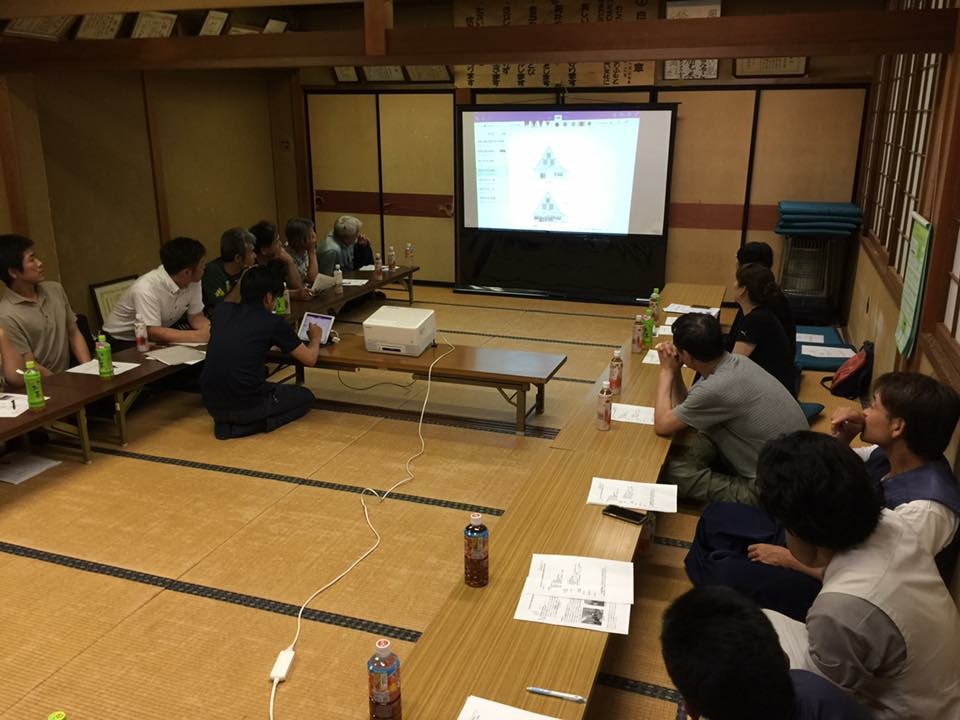Subsidies for Autonomous Protective Activities (Group for Protecting the Natural Environment of Ogi-machi)
Since 1955, Shirakawa Village has faced the hardship of depopulation in conjunction with signs of modernization. With many villagers moving away, the Village was faced with the fact that entire communities were leaving. Gassho style houses numbered 264 in 1953, but had drastically decreased to 154 in 1967. Under these circumstances, the residents of Ogi-machi were determined to protect Gassho style houses, aiming at managing to stop the tide of depopulation.
The Ogi-machi Village in Shirakawa Village was selected as a district for the protection of traditional buildings in 1971. For 28 years since its decision to protect the village, the Ogi-machi Gassho Style Village has been protected mainly by the Ogi-machi residents group, “Group for Protecting the Ogi-machi Natural Environment.” Its members hold a monthly meeting to review requests for changing current conditions and seriously discuss protecting the landscapes of Ogi-machi. In autumn, the Group organizes seminars on how to reap kaya concurrently and also endeavors to foster kaya fields.
Such efforts by all the residents were able to stop the momentum of depopulation. In 28 years since the protection activities started, its population has remained almost unchanged and young people began to come back to the village. In December 1995, the village was registered as a World Heritage Site, becoming one of the “villages” representing Japan.
The Trust continuously subsidizes the annual activity costs to support the “Group for Protecting the Ogi-machi Natural Environment.” Concerted activities by the residents as a whole are the key for protecting and perpetuating such heritage.
Projects to Foster the Autonomous Protection Group
The Trust plans and conducts on-site inspection tours to other areas for residents in Ogi-machi Village, aiming to have them actually recognize the nationwide movements of various domains including protection measures and tourism, and reflect such experiences to their own activities.
